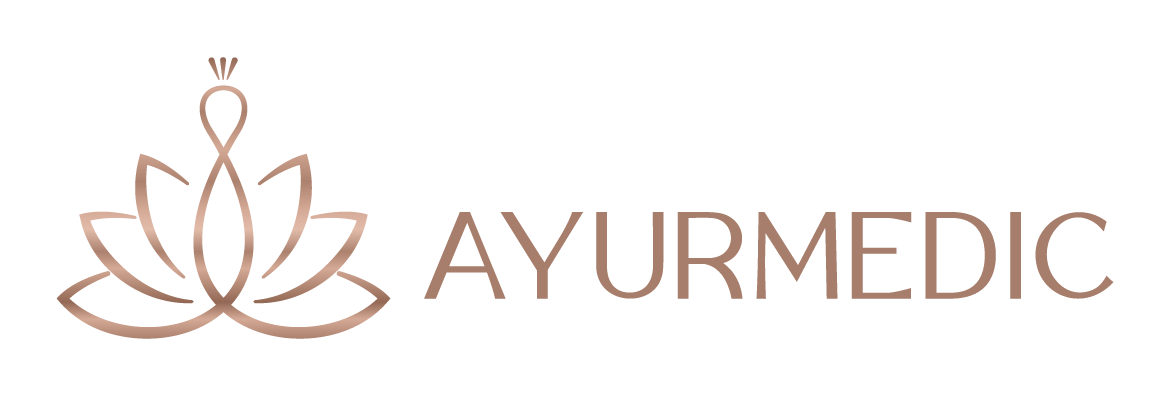The diagnosis of musculoskeletal disorders involves listening to and examining the patient, assessing the neurological condition, instrumental (radiography, MRI) and laboratory tests (for example, in the case of arthropathy). Ultrasound is used to study the cervical and lumbar spine, and to examine the ligaments, muscles, joints and tendons.
The CALENDULA Clinic focuses on the treatment of back and joint diseases. In our clinic we have developed a combination of comprehensive treatments for diseases that can influence the symptoms, their underlying causes, prevent progression, achieve long-term remission, promote bone and joint regeneration and avoid surgical intervention. Each case is unique and requires a specific approach.
Hernia of the cervical spine
The discs are the "spacers" that give the spine flexibility and strength. Each disc consists of a hard shell (fibrous ring) and a semi-liquid consistency (cellulose core). Critical physical activity, metabolic disorders, scoliosis, injuries, changes in static balance lead to destruction of the fibrous ring. As a result, fluid flows out of the nucleus and grips the spinal nerve endings. When compressed, the disc extends in different directions, creating a herniation between the vertebrae. The disease is accompanied by severe pain, limited mobility, and complications such as gastritis, radiculitis, circulatory disorders of the brain, sensitivity or abnormalities of small pelvic organs, etc.
From osteochondrosis Osteochondrosis is a chronic disease of the spine characterised by degenerative changes in the discs and vertebrae. Depending on the site of pathology, there are: cervical osteochondrosis, thoracic osteochondrosis and lumbar osteochondrosis. The main way to diagnose the disease is spinal radiography or MRI.
Osteochondrosis can cause many painful syndromes, such as myofascial syndrome, radicular pain, sciatica, coccyalgia, neurovascular lesions, headache, visual disturbances and tinnitus may cause. In addition to mechanical compression of the spinal cord and the roots of blood vessels, the greatest suffering in osteochondrosis is caused by pathological reflexes are caused by. This is because abnormal impulses in response to irritation of the root by the hernia or other altered structures of the spine cause reflex spasm of the striated muscles (muscle-tonic syndromes). The presence of such symptoms requires urgent treatment, because osteochondrosis syndromes can lead to temporary disability and invalidity.
We offer a comprehensive approach to the treatment of musculoskeletal disorders, including:
- body cleansing, massages,
- special diets,
- medical gymnastics,
- medicines and
- herbal therapies (special preparations that nourish bone and muscle tissue and promote cell regeneration), and
- compressors.
The cleansing - Panchakarma procedures - in this case can influence the metabolic causes of the occurrence of such diseases, eliminating swelling and infections that cause inflammatory processes in the joints and muscles. From integrated approach includes a specific selection of massages and herbal therapies for their implementation, a series of exercises and asanas, special preparations for compresses and herbal preparations.
Modern for improving the condition of bones, joints and muscles we use both invasive and non-invasive tools, which have proven their effectiveness in our practice.
Plasma therapy (Patelet Rich Plasma, PRP) - platelet-rich plasma is injected into the patient. Platelets are known to accelerate the repair of damaged tissue and wound healing due to increased cell regeneration. Enriched plasma contains 3-5 times more growth factors, biologically active proteins, than whole blood. In the treatment of musculoskeletal disorders, this procedure allows stop joint pain, restore joint cartilage, speed up rehabilitation after injuries and surgery.
Electric wave therapy (Duolith) - the shockwave focused effect on the deep layers of tissue. The procedure is effective for planar fasciitis (calcaneal spur), calcified tendonitis (supraspinatus tendon), ulnar epicondylitis, achillodynia, tibial stress syndrome and myofascial addressing trigger pointswhich cause pain in the neck, shoulders and back.
Injecting collagen into the joints - hyaluronic acid injected directly into the joint allows the filling of joint fluid deficits, helping to repair damaged tissues, eliminates inflammation and prevents the destruction of cartilage tissue. Thanks to this improve mobility, maintain physical activity. Targeted injections have been developed for each joint - the knee, elbow, groin and neck.
Metamer therapy Metameric therapy - each segment of the spine has its own metamers, which can be located on the skin surface (dermatomers), in muscles (myomers), blood vessels (vasomers), tendons, ligaments, periosteum (skeletomers), and internal organs (visceromers). These can be used to influence the segments of the spine. This is achieved by introducing tropic drugs into the receptor zones in the tissues - in minimal doses. The substance introduced has a direct effect on a specific tissue, triggering the appropriate response from it. Depending on the localisation of the movement abnormalities, 10-20 points are punctured along the main metameres during a single treatment.
Therapeutic blockade - to relieve pain. A properly performed injection can be compared to a successful operation. If the medicine is injected accurately but the hernia is not separated (sequestration is a condition where the integrity of the disc is damaged, the disc nucleus leaks out and separates the disc), the pain will go away the same day.
For the surgical prevention of spinal problems, disc herniation and post-operative rehabilitation, the so-called. Complex Panchakarma therapy with complementary treatments, or the Mozgásszervi gyógy- és rehabilitációs kezelés is recommended, with a package containing most of the necessary treatments and procedures. For more information on therapies, please contact our customer service.



